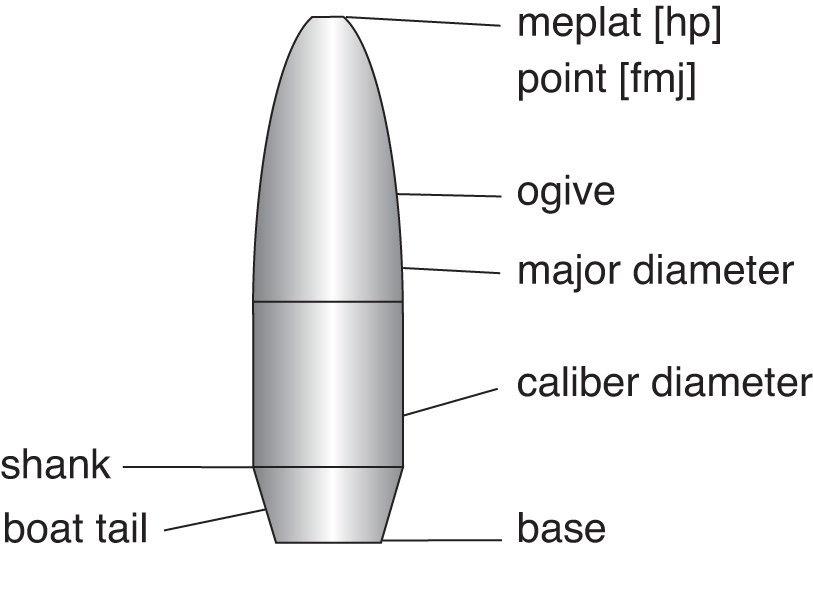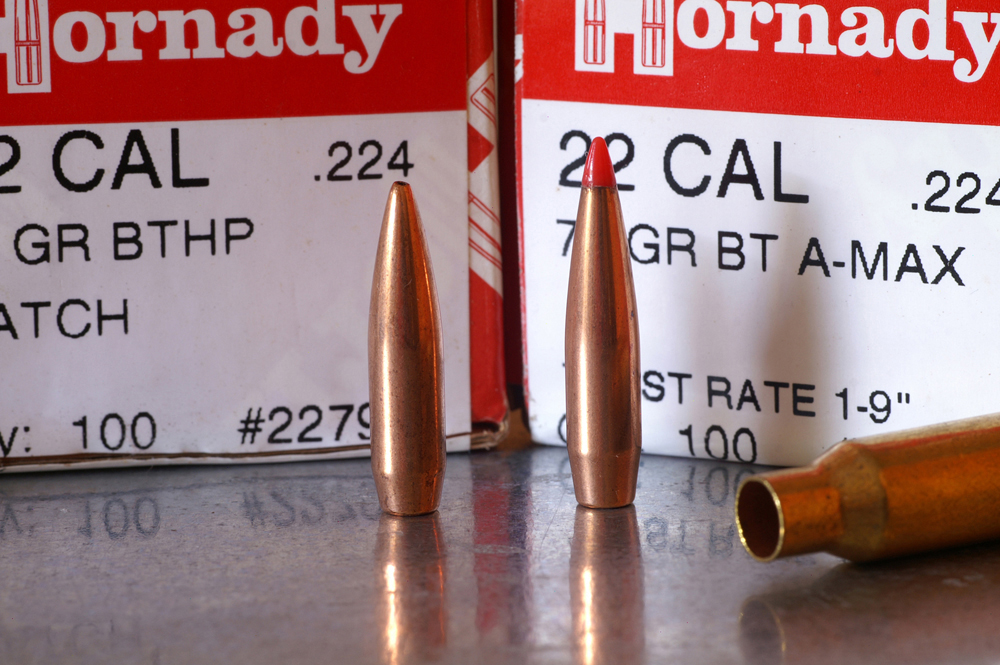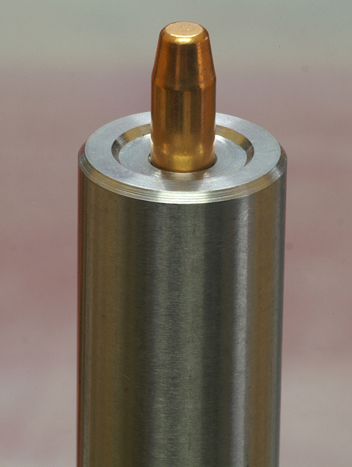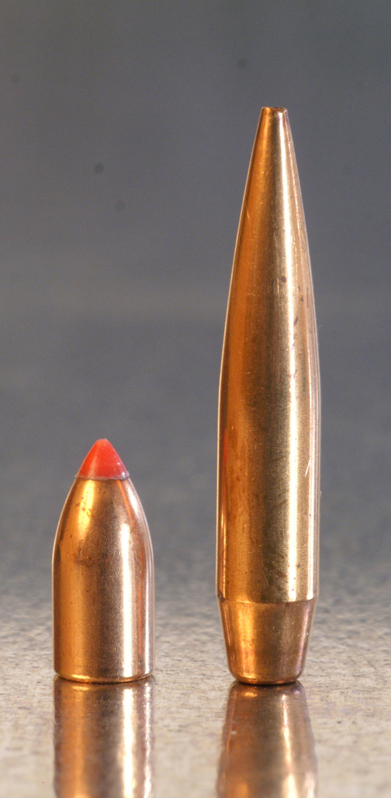This is a specially-adapted excerpt from the forthcoming book, “Top Grade Ammo,” by author Glen Zediker, owner of Zediker Publishing. Click here to order from Midsouth.
by Glen Zediker
A cartridge is a system, a sum of its parts. There’s not really any one part that matters most, but the bullet matters much. The material below will offer an outline to identify influential aspects of bullet engineering and execution.
There are bullets engineered to perform variously on target, including the proximity of impacts on target. I say it that way because a “match” bullet’s job is to perforate a piece of paper. A bullet designed for varmint hunting, on the other hand, is designed to produce explosive impact, and one for larger-game hunting strives to strike a balance between expansion and penetration. All bullets have to meet their target to be effective, and different premiums often also result in a few trade-offs. Specialty hunting projectiles, for instance, don’t usually out-and-out group as well as those engineered for target shooting.
However, no matter how a bullet is constructed inside, essential elements of any bullet design are universal. I’m talking about the outside of a bullet.
Here are the parts: base (that’s the bottom); boat-tail, or not (flat-base); shank, portion of full-caliber diameter; ogive, the sloping “nosecone”; tip, either open or closed (open it’s called the “meplat”). The shape of the ogive and the first point of “major diameter” are very influential elements. The first point of major diameter can vary a from barrel brand to barrel brand because it’s the point on the bullet that coincides with land diameter in the barrel. It’s the first point that will actually contact the barrel as the bullet moves forward. This right here can be a very important thing to determine. When there’s a cartridge sitting in the rifle chamber, the distance to the lands that the bullet has to “jump” to engage is, well, called “jump.” It’s the gap between dead air and first contact. I pick back up on this next article.
The first point of major diameter and the shank combine to determine the “bearing area.” This is how much of the bullet is riding the barrel surfaces.
The two essential forms a bullet can take are “secant” and “tangent.” This refers to the profile of the ogive. A tangent is a more rounded, gradual flow toward the tip, while a secant is a more radical step-in, more like a spike.
Ogives are measured in “calibers.” That’s pretty simple: an 8-caliber ogive describes an arc that’s 8 times caliber diameter; a 12-caliber is based on a circle that’s 12 times the caliber. The 8 will be a smaller circle than the 12, so, an 8-caliber ogive is more “blunt” or rounded. (So I don’t get comments from engineers, there’s more to it than this, as it applies on blueprints to different profiles; it’s the ratio of its radius to the diameter of the cylinder. But my description is accurate as an overview.)
Now, here’s how and why all that matters to bullet selection: Generally, bullets with longer bearing areas are more tolerant of jump and tend to shoot better than those with shorter bearing areas. Shorter bearing areas, though, can allow for higher velocities (less drag in the bore). Bullets with lower-caliber ogives are likewise more tolerant of jump and shoot better. However, higher-caliber ogives fly better, that is, farther. This is an important component in “low-drag” bullet designs. Same thing comparing tangent and secant profiles: the first is easier, the second beats the air better.
When you see terms like “magazine bullet” or “length-tolerant bullet,” that is referring to those with tangent profiles and lower-caliber ogives. They are designed to endure jump so, therefore, can be seated to “magazine length” without much, if any, accuracy loss. If you want to experiment with the longer, “low-drag” or “high-BC” style bullets, you will find they don’t want to group as expected until they get very close to or right on the lands when the round is chambered.
This is the tip of the iceberg. More soon…














